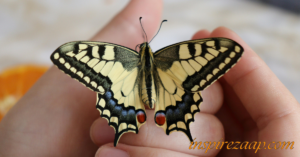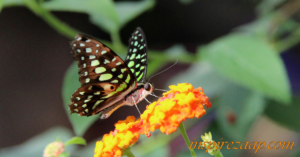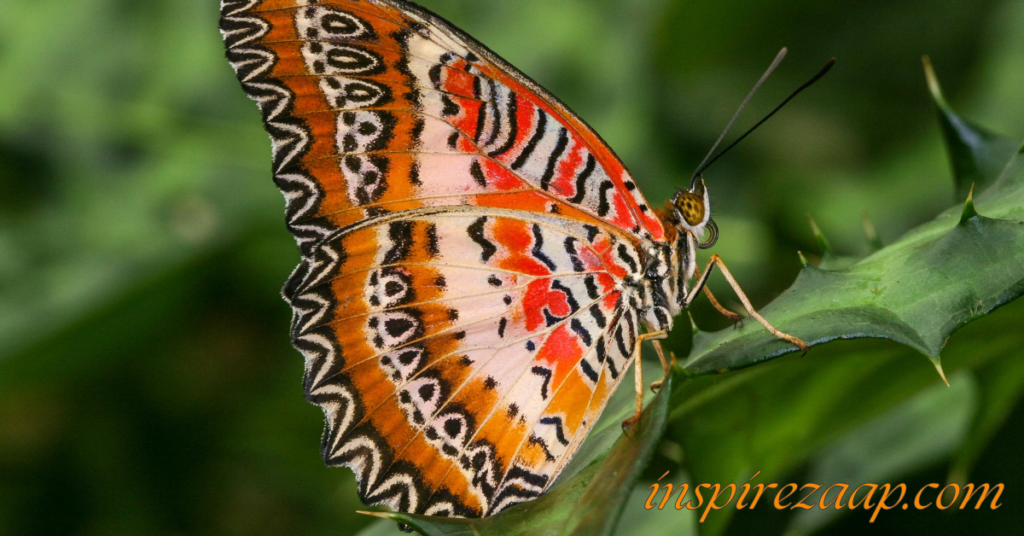New York is home to a vibrant diversity of butterfly species, each with unique patterns, colors, and habitats. For those interested in observing and identifying these local butterflies, flashcards specifically designed for New York butterflies provide a helpful, accessible resource. This article explores how these flashcards aid in identification, their advantages, and how they contribute to a deeper appreciation of local butterfly species.
Understanding Butterfly Flashcards and Their Purpose
Butterflies of New York flashcards are sets of cards featuring information and images of butterfly species commonly found in New York. Each card typically includes a high-quality photograph of the butterfly, details on its appearance, and facts about its habitat, behavior, and seasonality. These flashcards serve as portable identification tools, making them ideal for outdoor exploration or studying at home.
Key Components of Butterfly Flashcards:
- Detailed Images: High-resolution images capture distinguishing features, such as wing patterns, colors, and size, aiding in quick visual identification.
- Habitat Information: Each card provides insight into the preferred environment of the butterfly, whether it’s meadows, woodlands, or gardens.
- Seasonal Presence: Some flashcards include data on when each butterfly is most active, which helps users know what to expect throughout the year.
Enhancing Identification Skills with Visual Learning
One of the primary benefits of butterfly flashcards is how they promote visual learning, an effective way to recognize and remember species. Butterflies often have unique wing colors and patterns, and visual references are crucial for distinguishing between similar-looking species.

Advantages of Visual Learning with Flashcards:
- Quick Reference: Having a clear, accessible image of each butterfly simplifies comparisons and identification while observing butterflies in the field.
- Memory Reinforcement: The repetitive use of flashcards strengthens memory recall, making it easier to recognize butterflies on subsequent encounters.
- Immediate Feedback: Unlike field guides with pages to flip through, flashcards offer instant information, reducing the time needed for identification.
These advantages make flashcards ideal for beginners who are still learning the basics, as well as seasoned butterfly enthusiasts looking to improve their identification accuracy.
Building Knowledge of Local Ecosystems and Habitats
Butterflies play a vital role in New York’s ecosystems as pollinators and as a part of the local food web. Flashcards often provide context on each butterfly’s preferred habitat and feeding habits, helping users understand the species’ place within its ecosystem.
Ways Flashcards Educate About Local Habitats:
- Identifying Host Plants: Some flashcards list the host plants on which each species lays its eggs or feeds, helping users recognize areas where they might encounter specific butterflies.
- Recognizing Environmental Preferences: Flashcards offer insights into whether a butterfly prefers open meadows, woodland edges, or urban gardens, assisting users in spotting butterflies more effectively.
- Seasonal Migration Patterns: For species that migrate, such as the Monarch butterfly, flashcards can provide valuable information about when these butterflies pass through New York, adding to the educational value.
This ecological context enriches the learning experience, giving users a greater appreciation for the relationships between butterflies and their environments.
Encouraging Outdoor Exploration and Nature Appreciation
Using butterfly flashcards can be a fun, family-friendly activity that encourages people to spend time outdoors and connect with nature. Whether in a park, garden, or local nature preserve, having a set of flashcards can turn a walk into an engaging learning experience.

Benefits of Outdoor Exploration with Flashcards:
- Interactive Learning: Flashcards promote hands-on learning, encouraging users to look closely and observe butterfly behaviors and interactions with their environment.
- Developing Observational Skills: Regularly using flashcards helps users develop sharp observation skills, which are essential for distinguishing subtle differences between butterfly species.
- Building Environmental Awareness: Observing butterflies in their natural habitats fosters a connection to the environment, promoting awareness of local biodiversity and conservation needs.
Through these activities, butterfly flashcards become more than just an educational tool—they inspire a lasting appreciation for New York’s natural world.
Conclusion
Butterflies of New York flashcards offer an effective, enjoyable way to learn about and identify local butterfly species. They provide a blend of visual learning, ecological knowledge, and outdoor exploration that enriches the experience of observing butterflies in the wild. With the support of these flashcards, users can develop a deeper understanding of the diverse butterfly species that call New York home, fostering both a love for nature and a commitment to preserving it. Whether you’re a beginner or an enthusiast, butterfly flashcards make an excellent resource for learning about these beautiful insects and appreciating the role they play in New York’s ecosystems.


